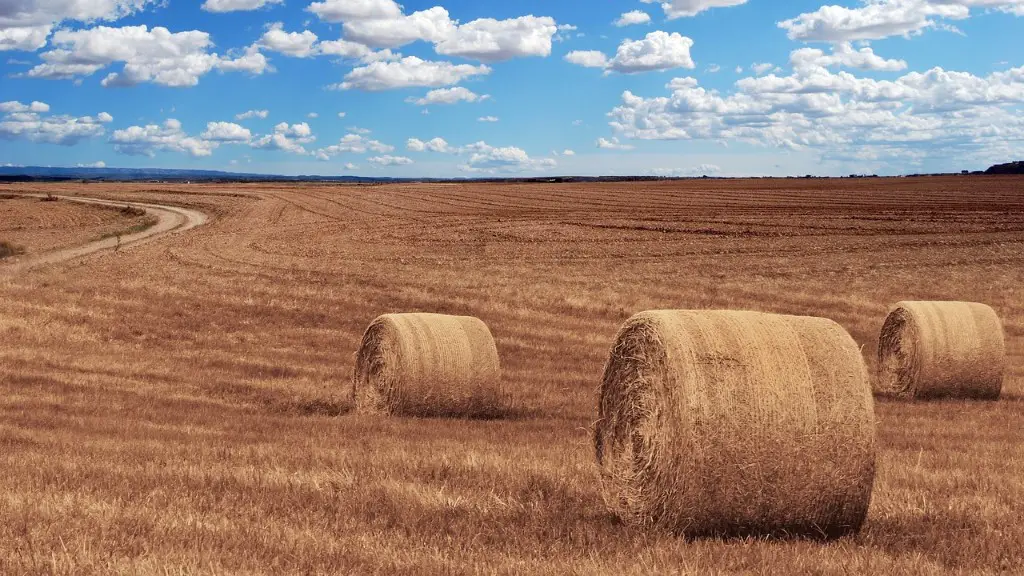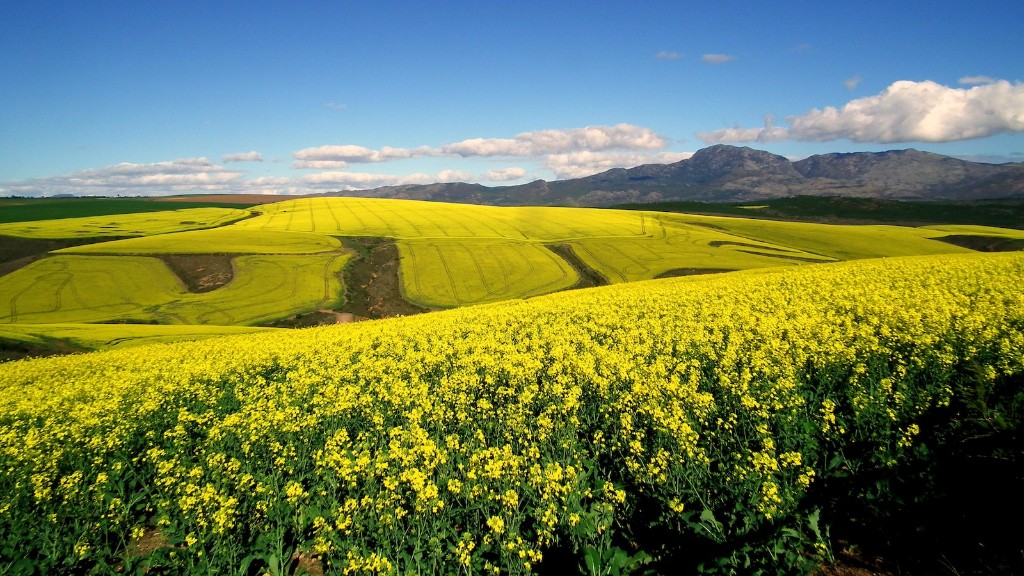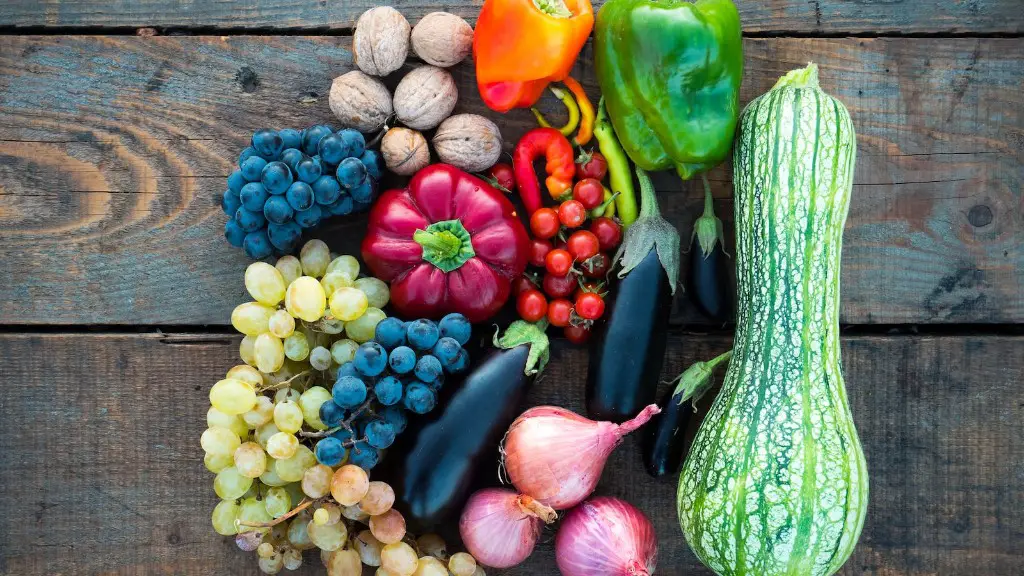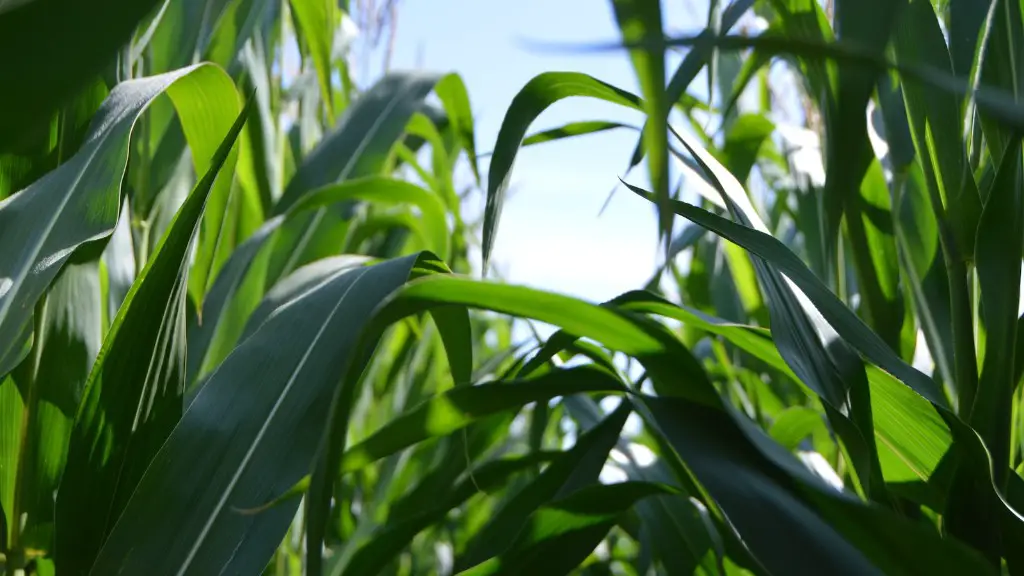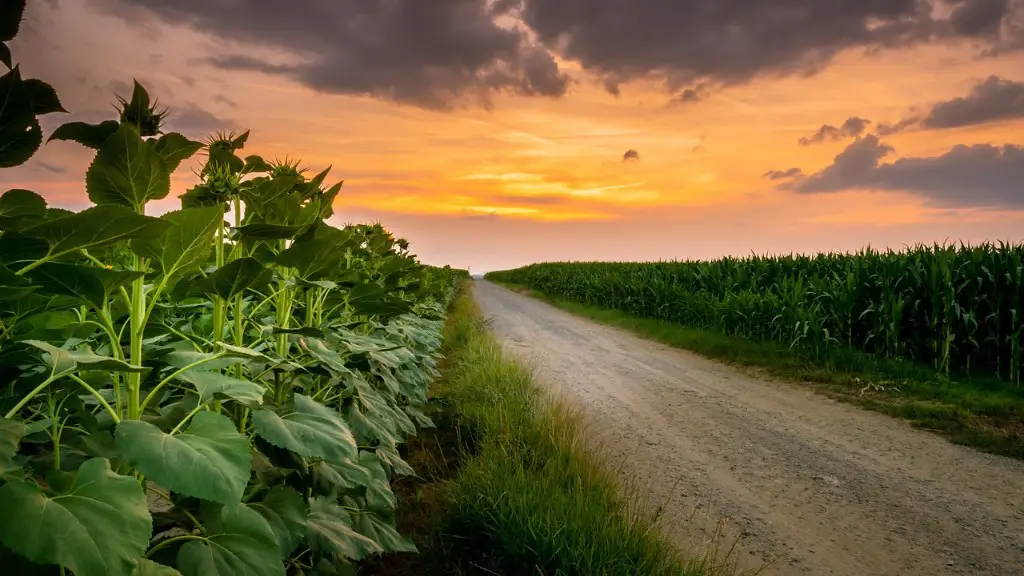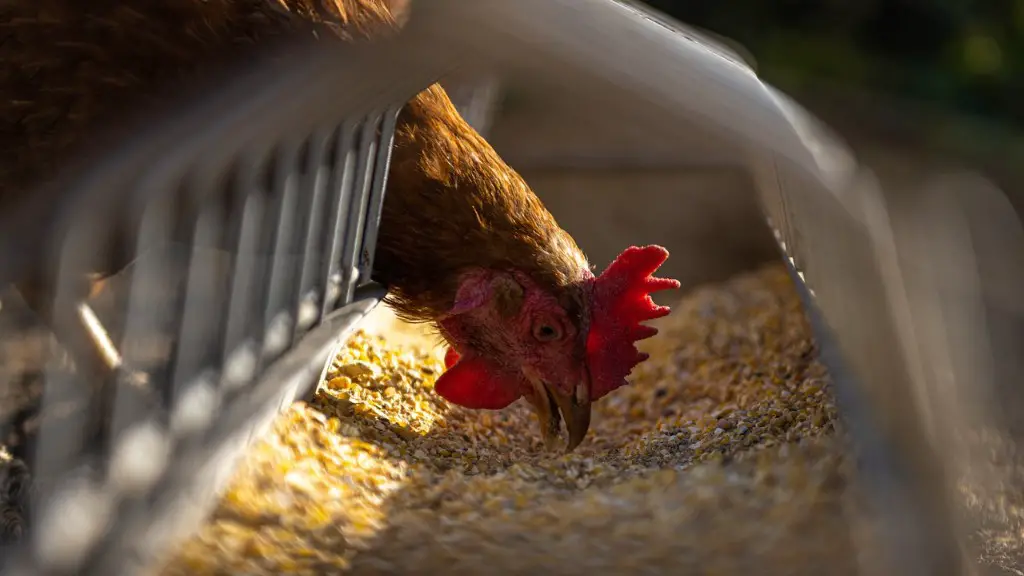One way to prevent soil salinization is to use irrigation water wisely. Applying irrigation water only when needed, and using drought-tolerant crops can help reduce the amount of water that seeps deep into the ground and comes into contact with salt. Properly managed, irrigation can actually improve the long-term health of your soil.
There are a number of ways to prevent soil salinization in agriculture. One is to manage irrigation water carefully so that it does not come into contact with the soil too frequently. This can be done by using drip irrigation or other methods that minimize water contact with the soil. Another way to prevent soil salinization is to leach the salt out of the soil periodically with fresh water. This helps to keep the salt concentration in the soil low and prevents it from building up over time.
How can we prevent salinity in soil?
Salinity is a major problem in many parts of the world, especially in agricultural areas. It can cause problems with crops, irrigation, and even drinking water. There are a number of ways to manage salinity, including planting, regenerating, and maintaining native vegetation, and using more groundwater in recharge areas. Each of these methods has its own advantages and disadvantages, and it is important to carefully consider all of them before deciding on the best course of action.
Salinity in irrigation water can be controlled by using water more efficiently. Crops should receive only the amount of water they can actually use. Reducing water usage in irrigated areas generally requires changes to irrigation infrastructure and technology, and better matching of crops to soil types.
How does agriculture lead to salinization of soil
Salinization is a serious problem in agriculture, as it can lead to the accumulation of salts in the topsoil, which can then lead to a decline in crop yields. There are a number of ways in which salinization can occur, but the most common is through the use of irrigation water or fertilizers that contain dissolved salts. When this water evaporates out of the soil, the salts are left behind, and over time, they can build up to levels that are harmful to plants.
Irrigated agriculture is a major human activity, which often leads to secondary salinization of land and water resources in arid and semi-arid conditions. Salts in the soil occur as ions (electrically charged forms of atoms or compounds). Ions are released from weathering minerals in the soil.
How salinity is controlled in the field?
Subsurface drainage systems are used to control the depth of the water table and to reduce or prevent soil salinity. There are a variety of subsurface drainage systems, including tile drains, French drains, and subsoil drains. Each type of drain has its own advantages and disadvantages, and the type of system used will depend on the specific needs of the site.
A high salt concentration in soil solution can damage plants by reducing their ability to acquire water. This is referred to as the osmotic or water-deficit effect of salinity. When the concentration is high enough, it can begin to reduce crop growth.
Which salinization can be controlled by the?
Drainage is an important method of controlling soil salinity. It allows a small fraction of irrigation water (about 10 to 20 percent) to be drained and discharged out of the irrigation project. This leaching fraction helps keep salts from building up in the soil and prevents them from being taken up by plants.
The use of salt can leach out of the root zone through good quality irrigation water or by heavy rainfall. To create good surface and internal drainage, the use of tile drains and open ditches in the fields can increase drainage and remove some of the salts. Breaking the compacted layers that occur near or at the soil surface can also help to remove some of the salt from the soil.
What is the solution for salinity
Salinity is a major problem in many parts of the world, especially where the groundwater table is high. The long term solution to salinity involves lowering the groundwater table to a level where interaction with the soil surface and saline discharge to streams is minimised. This can be achieved through catchment wide planting of deep rooted vegetation.
Salinity is a problem that can occur when the water table rises, bringing natural salts to the surface. If there is a sufficient quantity of these salts, they can become toxic to most plants. This can be a major problem for farmers and other agricultural workers, as it can ruin crops and make the land unusable.
What is salinization and how does it affect agriculture?
Soil salinization is a major threat to sustaining arable land. Salinization occurs when water-soluble salts accumulate in the soil, leading to a series of environmental problems such as land degradation, reduced crop yields, and contaminated freshwater.
In the landscape, soil salinity develops as excess water from well-drained recharge zones moves to and collects in imperfectly to poorly drained discharge zones The buildup of excess water brings dissolved salts into the root zone of the discharge area.
One cause of salinity in the landscape is the excess water from well-drained areas that flows into poorly drained areas. This water collects in the root zone of the poorly drained area and brings dissolved salts with it. The salts then build up in the soil, making it more difficult for plants to take up water and causing damage to the landscape.
Do fertilizers cause soil salinization
While the use of fertilizers can help to improve plant growth, excessive application can lead to soil salinization. This is often the result of using irrigation water that is high in salts, or from using fertilizers that are themselves high in salts. Soil salinization can lead to a decline in plant growth, and can also make the soil less habitable for other organisms.
The following notes are based on the above mentioned topic:
-The combined treatments of P fertilizers with sewage sludge or farmyard manure can help to decrease soil salinity, soil bulk density, and increase organic matter content, hydraulic conductivity, available water and macronutrients.
-This type of treatment can be beneficial for both farmland and surrounding areas.
-More research is needed in order to determine the most effective strategy for using these combined treatments.
What two factors control salinity?
Evaporation of ocean water and formation of sea ice both increase the salinity of the ocean However these “salinity raising” factors are continually counterbalanced by processes that decrease salinity such as the continuous input of fresh water from rivers, precipitation of rain and snow, and melting of ice.
Ion transport plays an important role in determining plant tolerance to salinity. This includes the transport of cations and anions across the plasma membranes of root cells, the transport through vacuolar membranes, the long-distance transport via xylem and phloem, and the salt excretion and accumulation.
Conclusion
Soil salinization prevention in agriculture typically includes one or more of the following:
– planting crops that are tolerant to salt
– leaching the salts from the soil with irrigation
– using a soil amendments to reduce the amount of salt in the soil
There are a few ways that farmers can prevent their soil from becoming too salty. They can test the soil regularly to make sure that the salt levels are not too high. They can also irrigate the soil with fresh water to flush out the salt.
